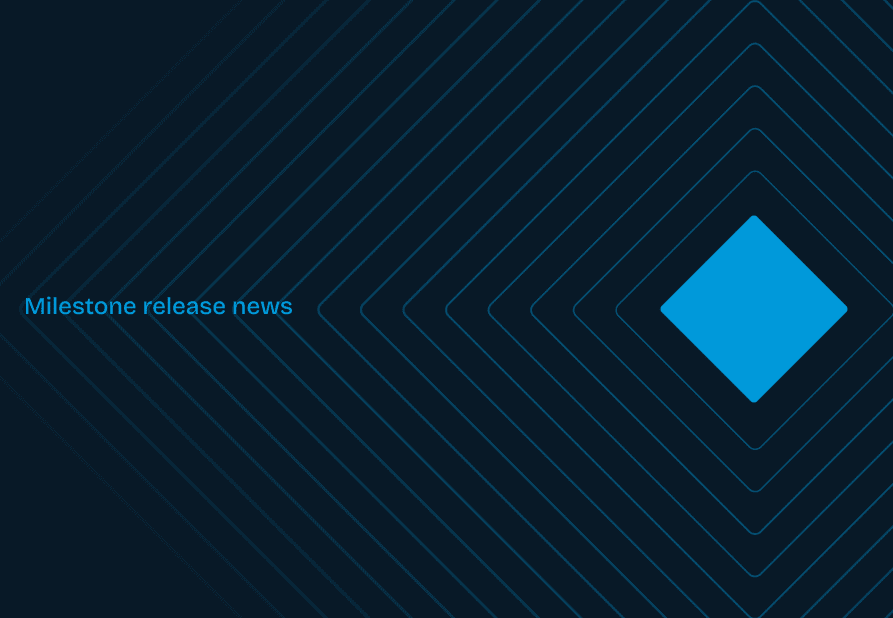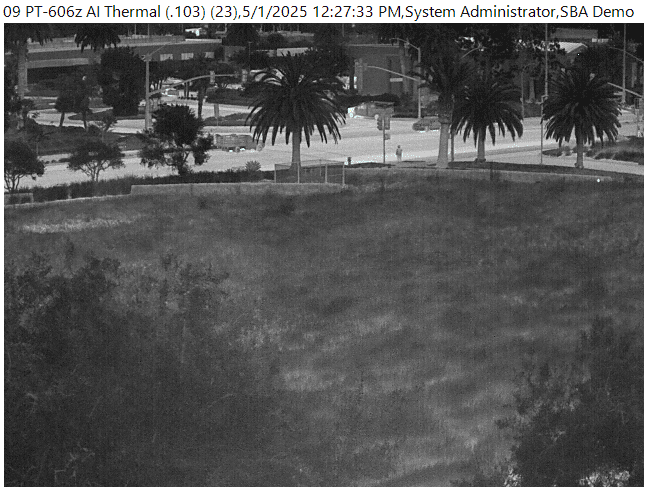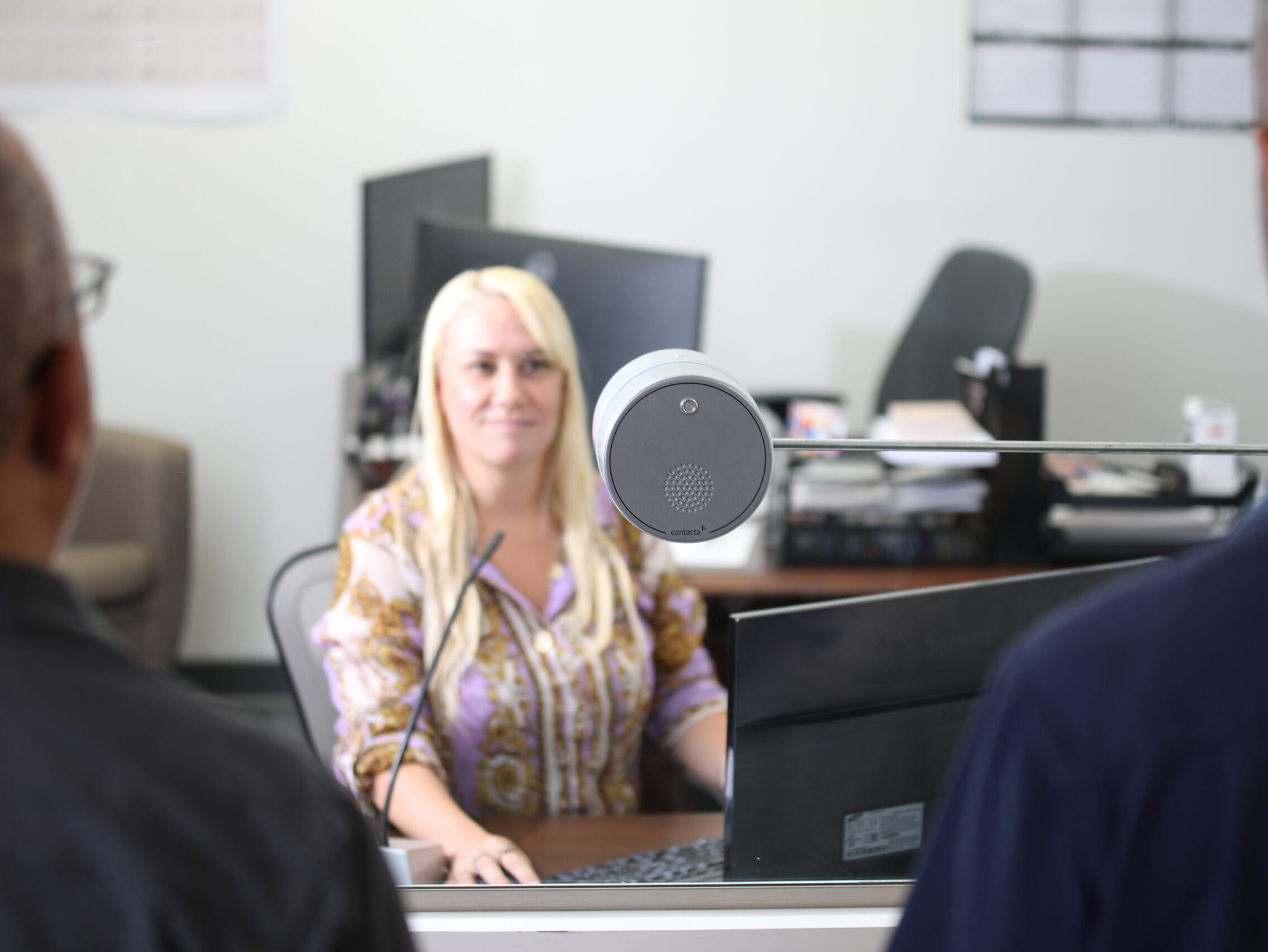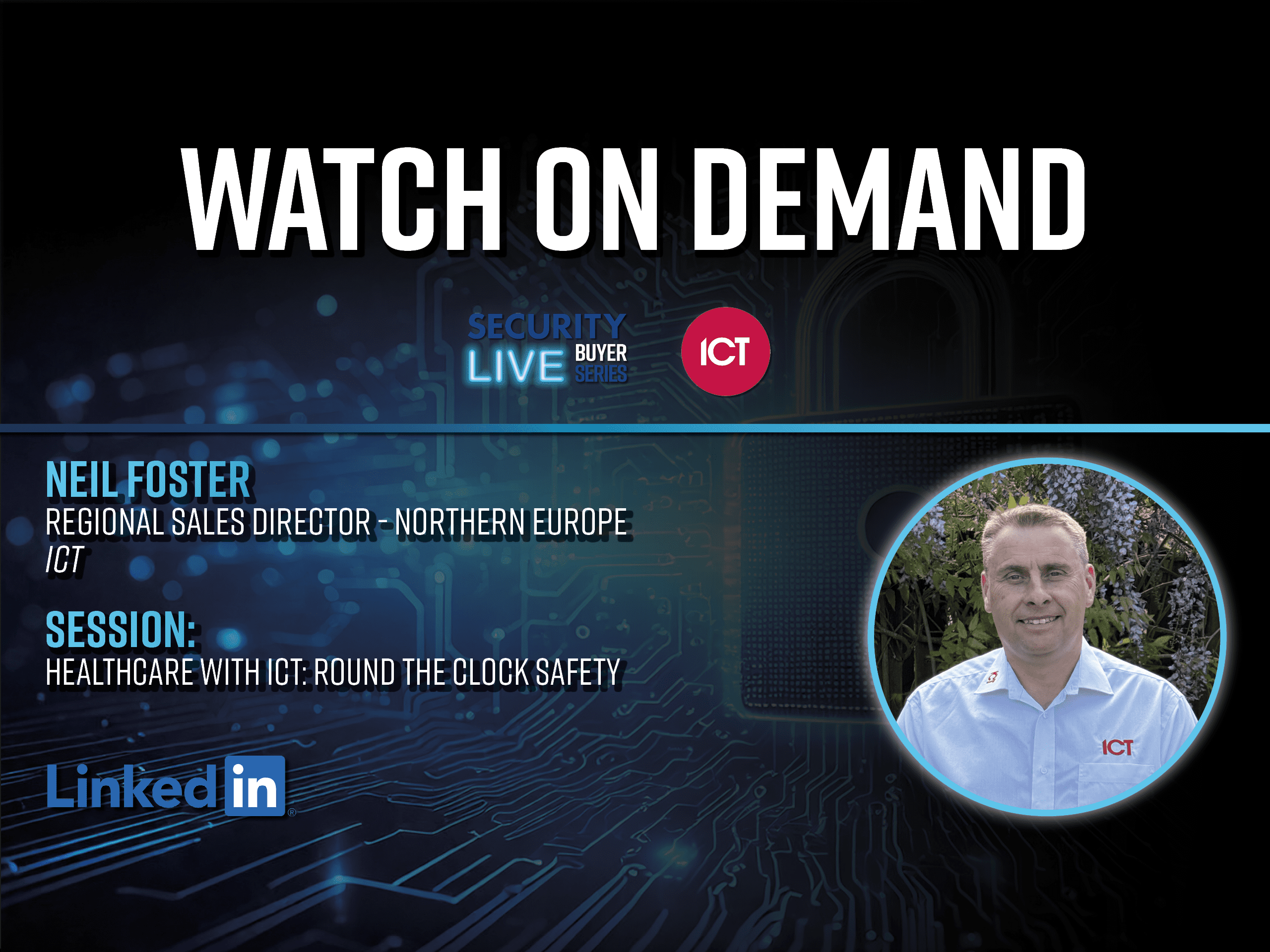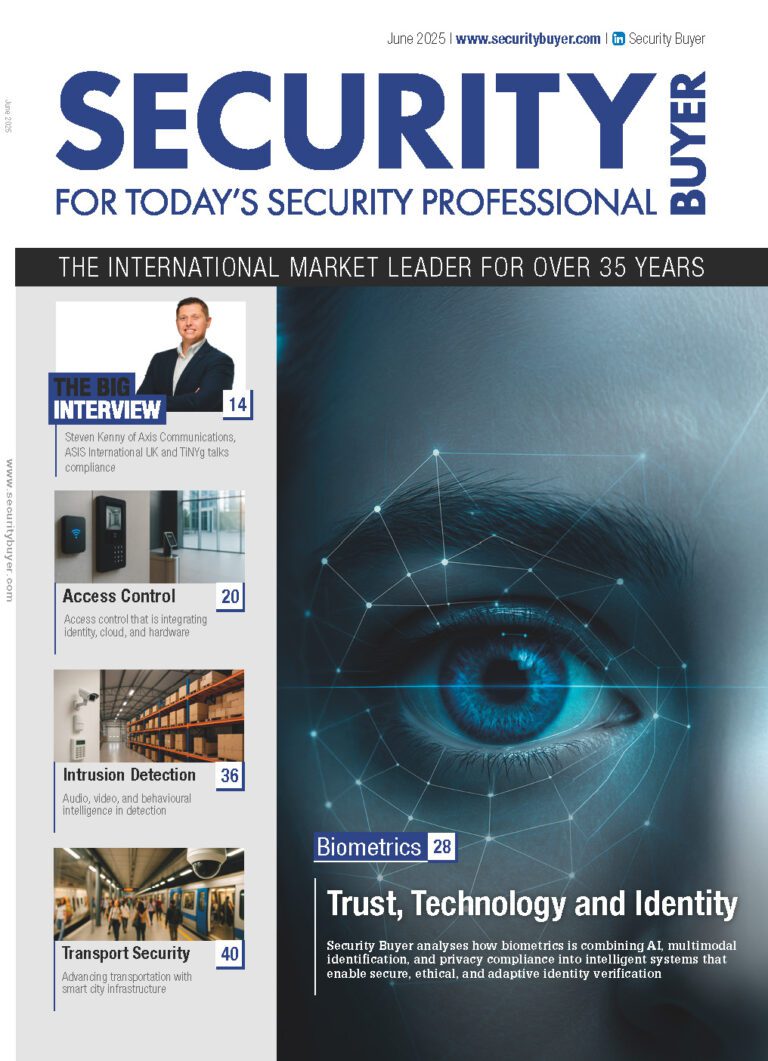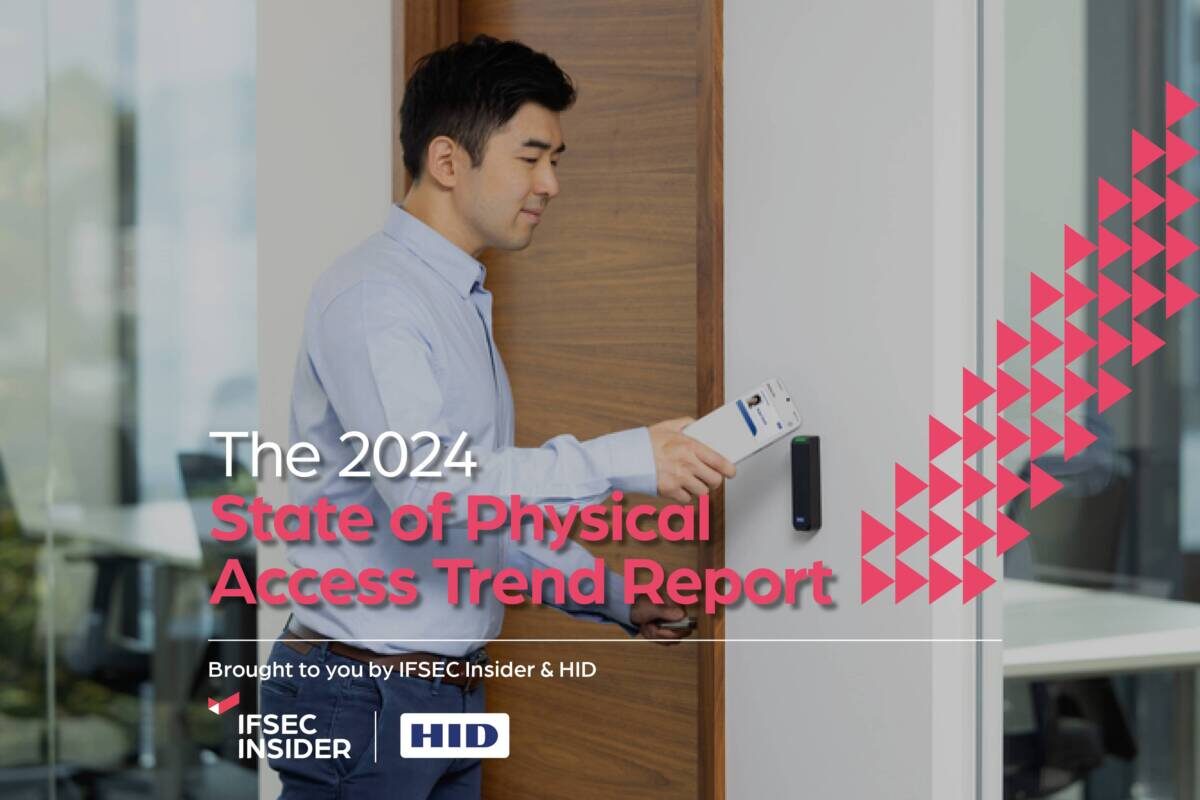Remote workforce management – getting more out of your security workforce
Paul Ridden, CEO, SmartTask
 For security companies staff costs are a significant overhead, especially when you consider the constant pressure on margins and the need to provide innovative services to win new contracts. With this in mind, how are the latest developments in remote workforce management helping companies to get more from their teams of security officers?
For security companies staff costs are a significant overhead, especially when you consider the constant pressure on margins and the need to provide innovative services to win new contracts. With this in mind, how are the latest developments in remote workforce management helping companies to get more from their teams of security officers?
Remote workforce management has been around for some time, helping companies to capture proof of time, attendance and work completed, enabling them to monitor the status of their teams centrally. Now systems are emerging that bring all of these components in to a single package along with the other key back office functions required to effectively manage security teams. They can provide peace of mind that personnel are safe and ensure they are delivering the services agreed.
Such tools can work alongside systems including payroll, invoicing and rostering, using real-time data to verify timesheets, provide accurate proof of work and overcome scheduling challenges. This is helping to maximise profitability of contracts using the most appropriate employees, billing correctly and not overpaying. Meanwhile, it is possible to integrate intelligent rostering and control room to automate and streamline operational processes as well as reduce office-based administration costs.
With security businesses operating in a highly competitive marketplace, remote workforce management is evolving to go beyond its traditional roots to ensure it helps innovative companies to provide differentiated service offerings. One such opportunity is to use and adapt the technology to help look for ways of generating incremental revenue and adopt added services, such as defibrillator checks or audits, so added growth can be achieved by making the most of existing field-based teams.
Based on a framework of electronic proof and attendance it is becoming possible for existing staff located at client sites to effectively take on additional tasks such as inspections or audits, enabling organisations to provide areas of differentiation to clients and make best use of resources to boost profitability. For example, where security personnel are onsite almost round the clock, it is possible to implement perpetual audits to complement the core activity, demonstrating service excellence and ensuring the best possible quality services are delivered.
Meanwhile, with the continued blurring of boundaries between different security and FM disciplines, the roles of service teams are also changing. Employees are having to look beyond their individual responsibilities and be mindful of the wider work environment. They are now client ambassadors that are expected to add value wherever possible
Therefore, there is an opportunity to provide an effective tool to register a cleaning or maintenance issue irrespective of the security officer’s core function. You would hope that staff would report a broken window or report a major spillage, but it does require an effective process in place to encourage and simplify such an action.
Using smart forms, via a mobile application, an employee can quickly complete and submit an incident report, which triggers an email escalation process sent to the appropriate department, so the problem can be dealt with immediately. This means supervisors and managers can have a live-view of any issues, failures or wastage with details electronically captured including photographic evidence or signature capture where appropriate. A copy of the incident can also be sent to an online portal where it can be monitored and managed through its lifecycle while providing data for trend analysis via the management information generated.
These flexible smart forms can be configured for a wide range of uses including alerts, inspections, audits, requests, job acceptance and job completion. In particular, it is possible to implement an electronic compliance solution for health and safety, Personal Protective Equipment (PPE), COSHH hazardous substance procedures. These checks can replace existing manual processes to achieve immediate workplace compliance, while streamlining administration and saving money.
Typically, a paper-based solution is not only time consuming and costly to manage across multiple sites, but is easy to falsely or fraudulently complete. In contrast, a smart form registers the exact time it was completed and with signature capture shows which employee undertook the check. Furthermore, all the data is delivered to the online portal, so it is collected electronically in real-time without having to post hard copies and have someone collate manually.
Another big challenge when managing a remote workforce is making field-based employees feel like a valued part of the company. The latest developments in remote workforce management are making it possible to remove the disconnect between a company and remotely-based teams, providing an effective communication tool to engage them via their own Smartphones directly in to the companies processes
There is now an opportunity to provide a free messaging tool that can be used to engage with staff. In the first instance, a downloadable support app, suitable for personal smartphones, which can notify employees of their latest shift roster with the opportunity to accept or decline the work schedule, minimising roster confirmation calls and reducing errors in updating rosters. Meanwhile, added functionality could allow holiday or new equipment requests, while a bulletin board and suggestion box goes some way to connect a company with its remotely-based teams.
Using such an app alongside employee scheduling and remote workforce management will simplify the roster confirmation process and reduce the need for time consuming and error prone manual confirmation processes. In fact, when combine with an automated rostering tool it becomes possible to remove human intervention altogether, with shifts selected and offered based on key criteria. As a result, administrative staff and schedulers only need to intervene when the employees are unable to fulfil the shifts suggested by the automation.
The latest developments in remote workforce management are evolving beyond traditional rostering and proof of attendance tools. They are providing the potential to enhance business performance and help overcome some of the operational challenges faced by companies in the security marketplace such as revenue growth, customer satisfaction, compliance and employee engagement.
[su_button url=”https://www.securitynewsdesk.com/newspaper/” target=”blank” style=”flat” background=”#df2027″ color=”#ffffff” size=”10″ radius=”0″ icon=”icon: arrow-circle-right”]For more stories like this read the SecurityNewsDesk newspaper[/su_button]


